I use AI every day for nearly everything. I’ve asked ChatGPT and other chatbots for help to plan my schedule, brainstorm ideas, help fix the taillight on my Jeep and even act as my therapist in a pinch.
I’ve used it to research my family history, launch a side hustle, and yes — despite every disclaimer — I’ve turned to it for medical advice and financial insights. (And honestly, I’ll probably do it again.)
I’ve even shared things with chatbots that, in hindsight, were way too personal or may have put my privacy at risk. At this point, ChatGPT probably knows more about me than some of my friends do.
AI has made many aspects of life easier. It’s saved me time, simplified research, and helped me make better decisions. I find it incredibly useful for parenting, learning and productivity.
But despite how integrated it’s become in my daily life, there’s one thing I won’t trust ChatGPT with: creative advice.
Here's why I don't turn to ChatGPT for creative advice
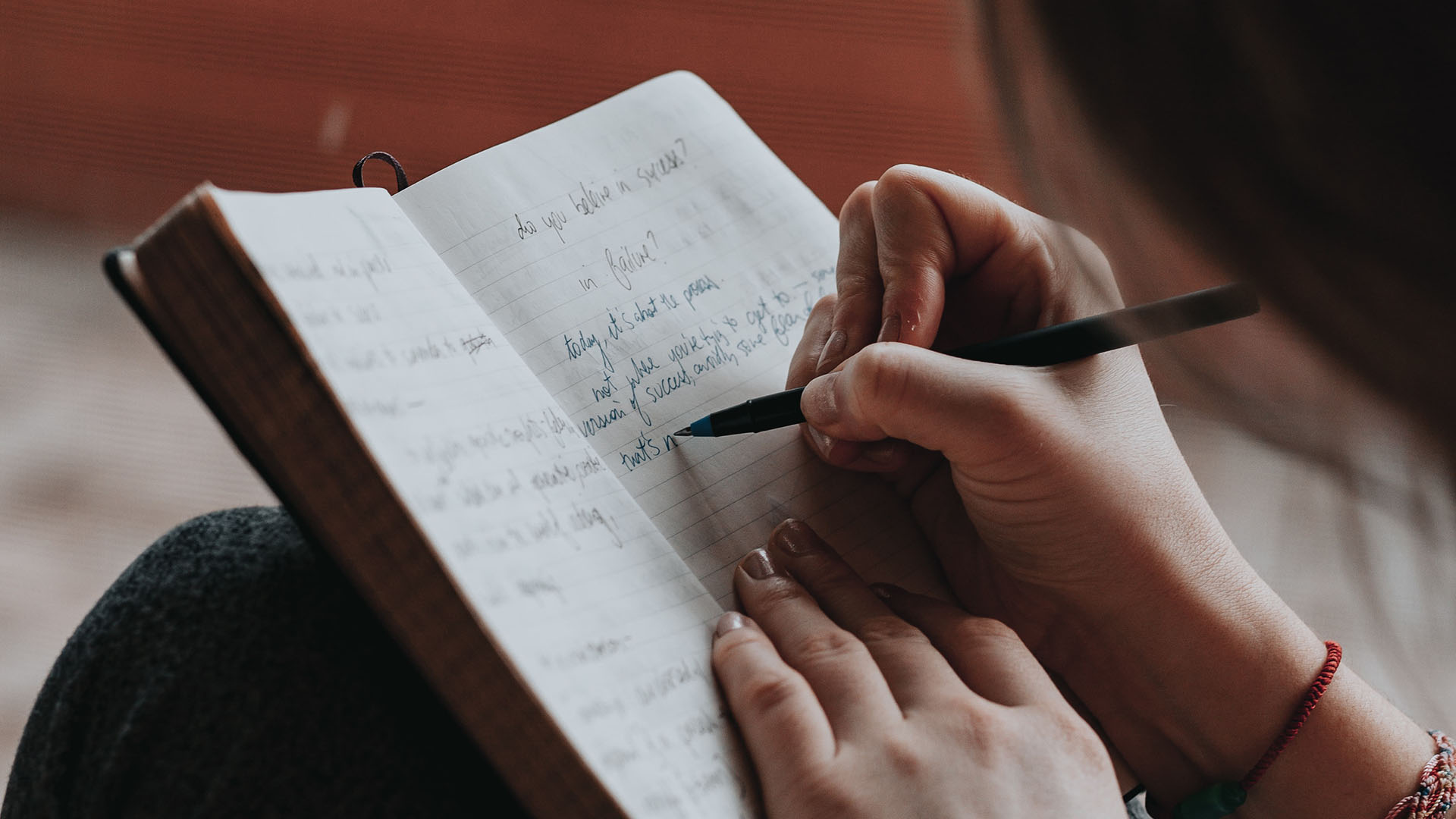
Merriam-Webster defines creativity as “the ability to make or otherwise bring into existence something new.” That newness, the human spark, the instinct to push boundaries, surprise people or break form entirely, is something AI simply doesn’t have.
ChatGPT can remix, reframe and generate outputs that look creative, but they’re always grounded in existing data. It’s not creating something new. It’s recombining what’s already out there.
Don’t get me wrong: ChatGPT can be incredibly helpful in the creative process. I use tools like ChatGPT and Gemini Canvas to help edit my work, smooth out clunky transitions and even provide feedback on flow or tone.
Sometimes I’ll paste in a paragraph and say, “Does this sound too repetitive?” or “Give me five punchier ways to say this,” and the AI delivers. It’s like having a helpful writing assistant who works instantly and never complains about my OCD.
The difference between assisting with creativity and driving it
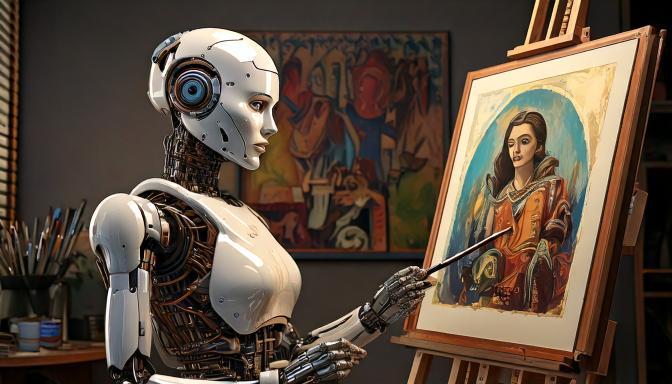
When I’m working on a novel, developing a character arc or trying to write a scene that taps into something deeply emotional or unexpected, I don’t want AI’s help. That’s the part I guard fiercely.
I want the choices to be mine; the risks, the weirdness, the vulnerability, the voice. That’s the stuff AI can’t replicate, because it can’t truly feel, or experience or imagine the way humans do.
Even when AI outputs something impressive, there’s often a flatness to it. The ideas are clean, the rhythm is passable, but the soul is missing. It rarely surprises me. And the more I lean on it in the early creative stages, the more I feel like I’m losing my own voice.
Bottom line
So yes; I’ll continue to use AI to do everything else. It helps me think faster, get organized, polish drafts and fact-check weird things like “What’s the fastest way to defrost a roast?” and "Does this look like popped blood vessel in my eye?" after uploading an image.
But when it comes to creativity — the kind that pulls from emotion, memory, risk and human intuition — I’ll keep that between me and the blinking cursor.
For now, and maybe (hopefully) forever, that part stays human.
.png)
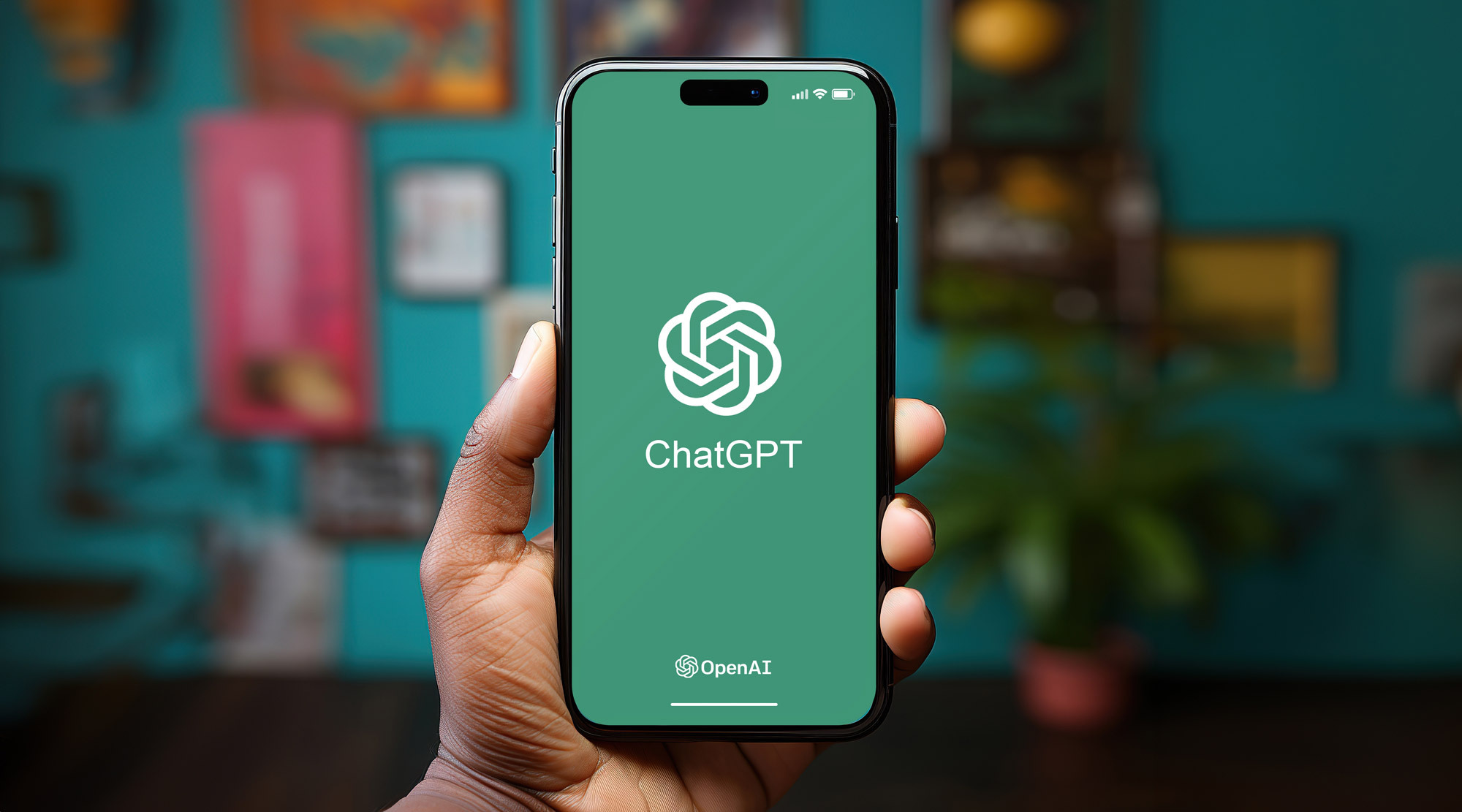
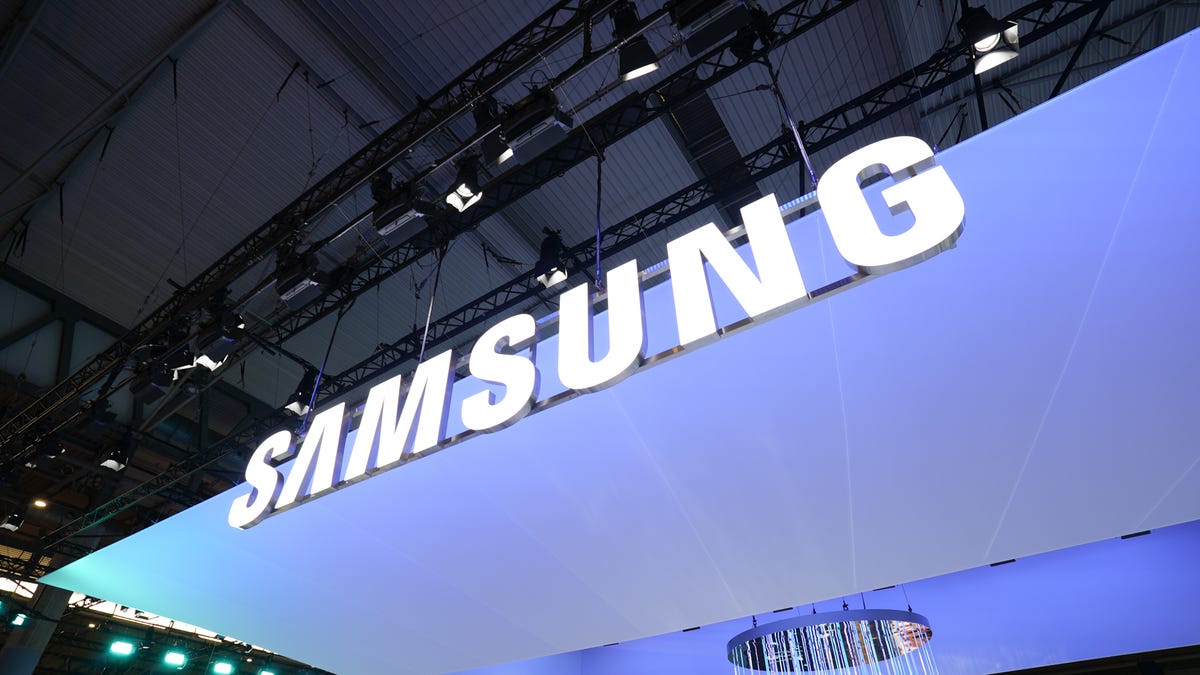
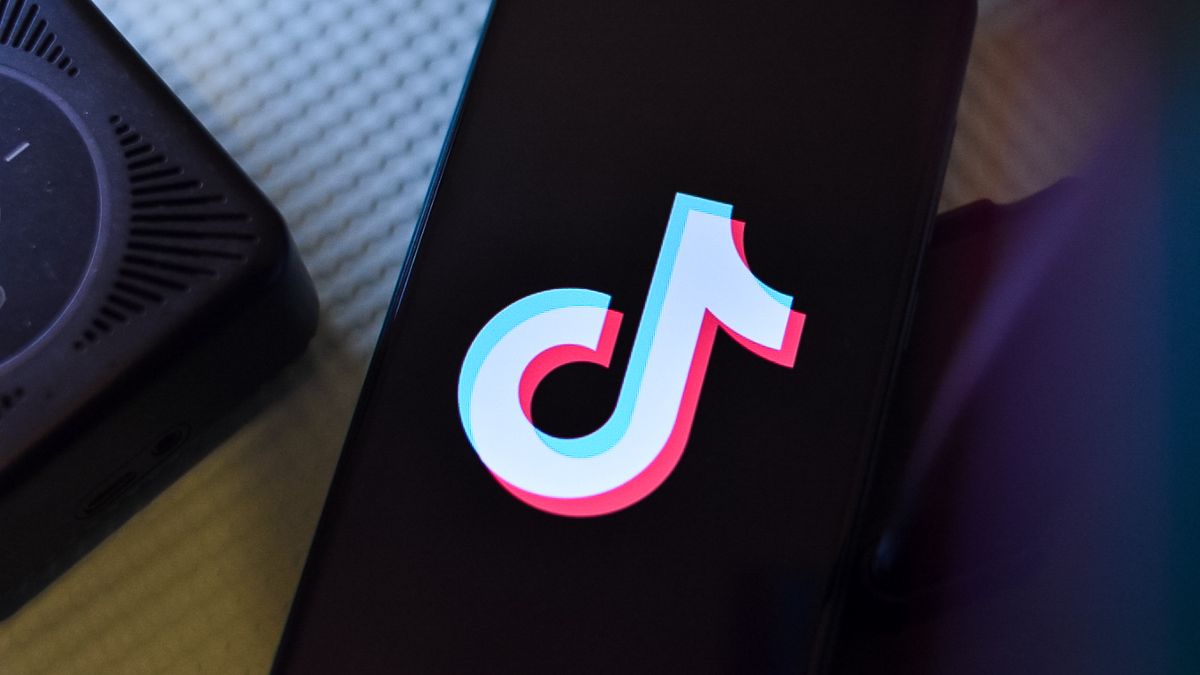
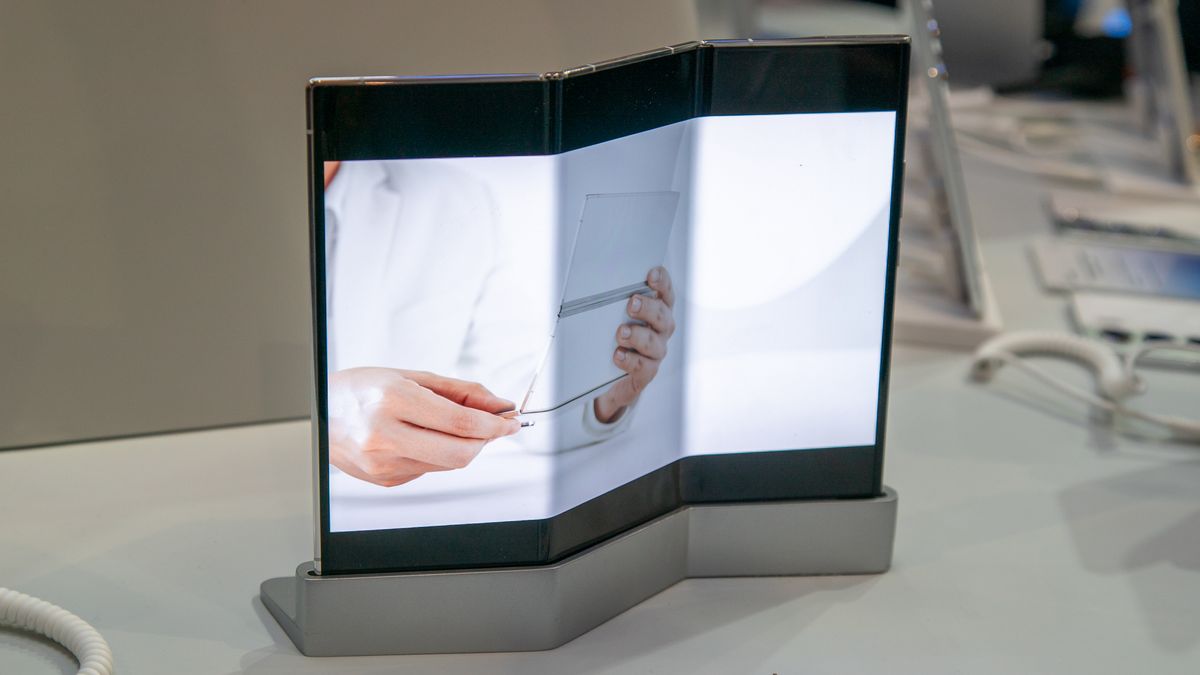








 English (US) ·
English (US) ·